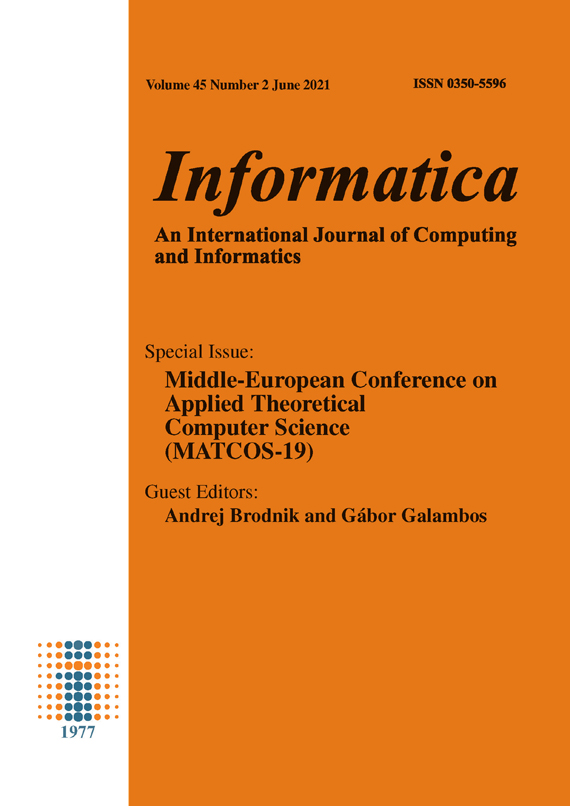Impact of Data Balancing During Training for Best Predictions
DOI:
https://doi.org/10.31449/inf.v45i2.3479Abstract
To protect the middle class from over-indebtedness, banking institutions need to implement a flexible analytic-based evaluation method to improve the banking process by detecting customers who are likely to have difficulty in managing their debt. In this paper, we test and evaluate a large variety of data balancing methods on selected machine learning algorithms (MLAs) to overcome the effects of imbalanced data and show their impact on the training step to predict credit risk. Our objective is to deal with data unbalance to achieve the best predictions. We investigated the performance of these methods by different learners when classification models are trained using MLAs.Downloads
Published
Issue
Section
License
I assign to Informatica, An International Journal of Computing and Informatics ("Journal") the copyright in the manuscript identified above and any additional material (figures, tables, illustrations, software or other information intended for publication) submitted as part of or as a supplement to the manuscript ("Paper") in all forms and media throughout the world, in all languages, for the full term of copyright, effective when and if the article is accepted for publication. This transfer includes the right to reproduce and/or to distribute the Paper to other journals or digital libraries in electronic and online forms and systems.
I understand that I retain the rights to use the pre-prints, off-prints, accepted manuscript and published journal Paper for personal use, scholarly purposes and internal institutional use.
In certain cases, I can ask for retaining the publishing rights of the Paper. The Journal can permit or deny the request for publishing rights, to which I fully agree.
I declare that the submitted Paper is original, has been written by the stated authors and has not been published elsewhere nor is currently being considered for publication by any other journal and will not be submitted for such review while under review by this Journal. The Paper contains no material that violates proprietary rights of any other person or entity. I have obtained written permission from copyright owners for any excerpts from copyrighted works that are included and have credited the sources in my article. I have informed the co-author(s) of the terms of this publishing agreement.
Copyright © Slovenian Society Informatika








